Mobile Peoples – Permanent Places: Nomadic Landscapes and Stone Architecture from the Hellenistic to Early Islamic Periods in North-Eastern Jordan
Mobile Peoples – Permanent Places explores the relationship between nomadic communities who resided in the Black Desert of north-eastern Jordan between c. 300 BC and 900 AD and the landscapes they inhabited and extensively modified. Although these communities were highly mobile, moving through the desert following seasonal variation in natural resources, they significantly invested in the landscapes they frequented by erecting highly durable stone architecture, and by carving rock art and inscriptions. Although these inscriptions, known as Safaitic, are relatively well studied, the archaeological remains had received little attention until recently. This book focuses on the architectural features, including enclosures and elaborate burial cairns, that were created in the landscape some 2000 years ago and which were used and revisited on multiple occasions. It explores how nomadic communities modified these landscapes by presenting new data from remote sensing, field surveys, and excavations. To better understand the purpose of these modifications and how this changed through time, the landscape is further analysed on various temporal and geographic scales. This book particularly deals with the archaeological landscapes of the Jebel Qurma region of north-eastern Jordan. It is part of the Landscapes of Survival project, a research programme based at Leiden University that has brought together both archaeologists and epigraphers to work on this fascinating region.
{{comment.content}}
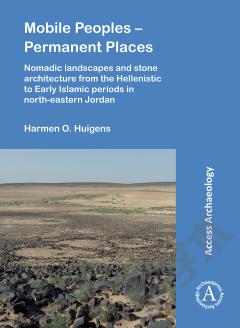
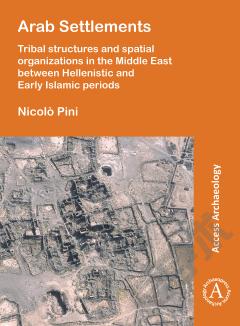
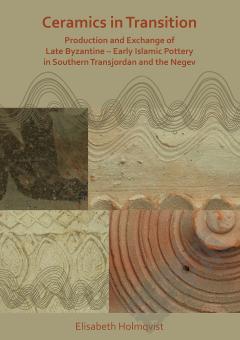
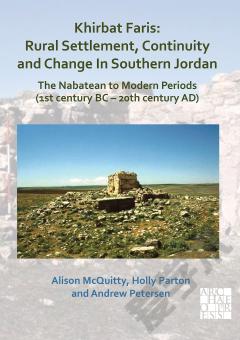


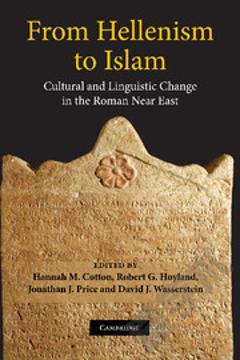

 京公网安备 11010802027623号
京公网安备 11010802027623号